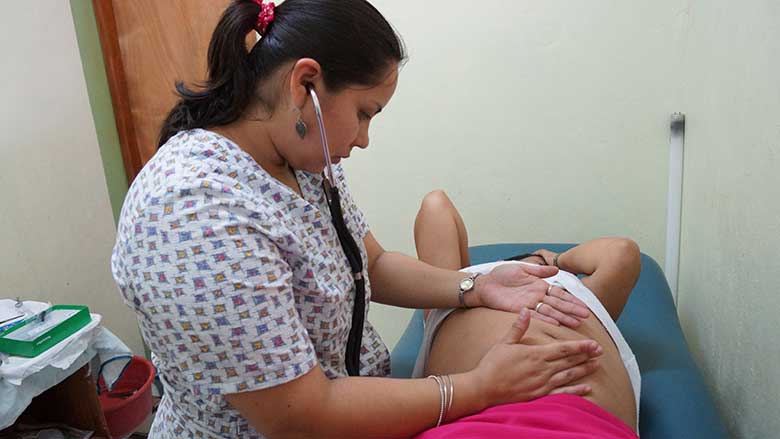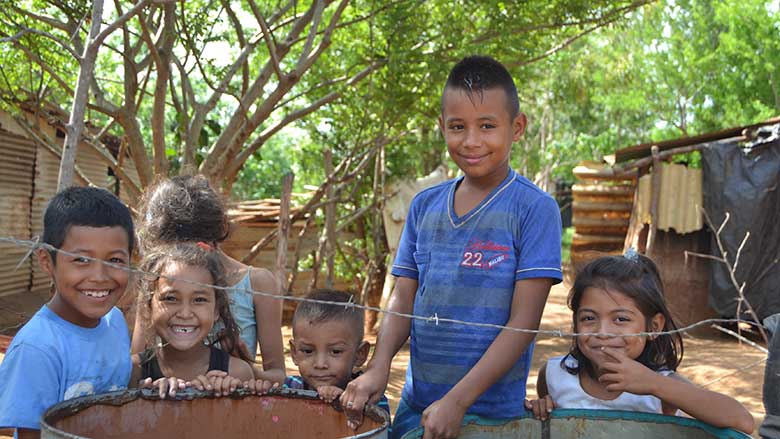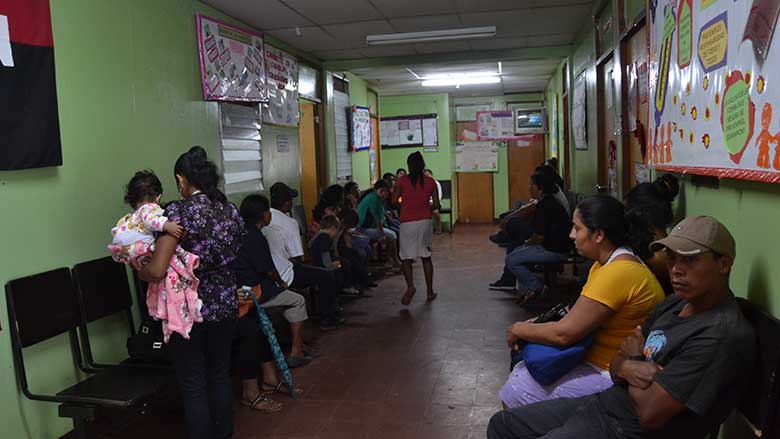Challenge
As in most resource-limited settings, the health of the population depends on equity and efficiency and on overcoming access gaps in the provision of healthcare services. In 2010, Nicaragua was one of the poorest countries in Latin America and the Caribbean. Between 2005 and 2010, the country experienced a slight reduction in maternal and infant mortality, with better control of transmissible diseases and improved immunization coverage. However, the health system continued to respond poorly to other health challenges, including the spread of H1N1 and dengue and the rise in non-communicable diseases, creating a double burden of disease. Through the introduction of health reform in the early 2000s, Nicaragua created a new Community and Family Health Model focused on universal access to basic health and nutrition services; health promotion and prevention; access to health services for vulnerable populations of indigenous residents, women, children, and the elderly; and community participation.
Approach
The Improving Community and Health Care Services Project (and its additional financing) was designed to support the Community and Family Health Model, and it aligned with Nicaragua’s 2009–11 National Human Development Plan (NHDP) and the World Bank’s 2008–12 and 2013–17 Country Partnership Strategies (CPS). The project’s interventions included introduction of the results-based financing mechanism in 66 municipalities; establishment of social contracts for well-being between administrative levels; results-based budgets at the hospital level; development and implementation of the National Strategy for Sexual and Reproductive Health; strengthened knowledge and skills bases for health workers; improved Ministry of Health (MOH) operational capacity at the central, regional, and local levels, including rehabilitation of health centers; maintenance and repair of medical equipment; and activation of a public health emergencies component. The project also effectively supported several policy goals articulated in the NHDP and CPS, including reducing maternal and child mortality and progressing toward the Sustainable Development Goals. It narrowed gaps in health service coverage and quality for vulnerable groups, and it implemented strategies for the better use of existing financial funds and health infrastructure.



